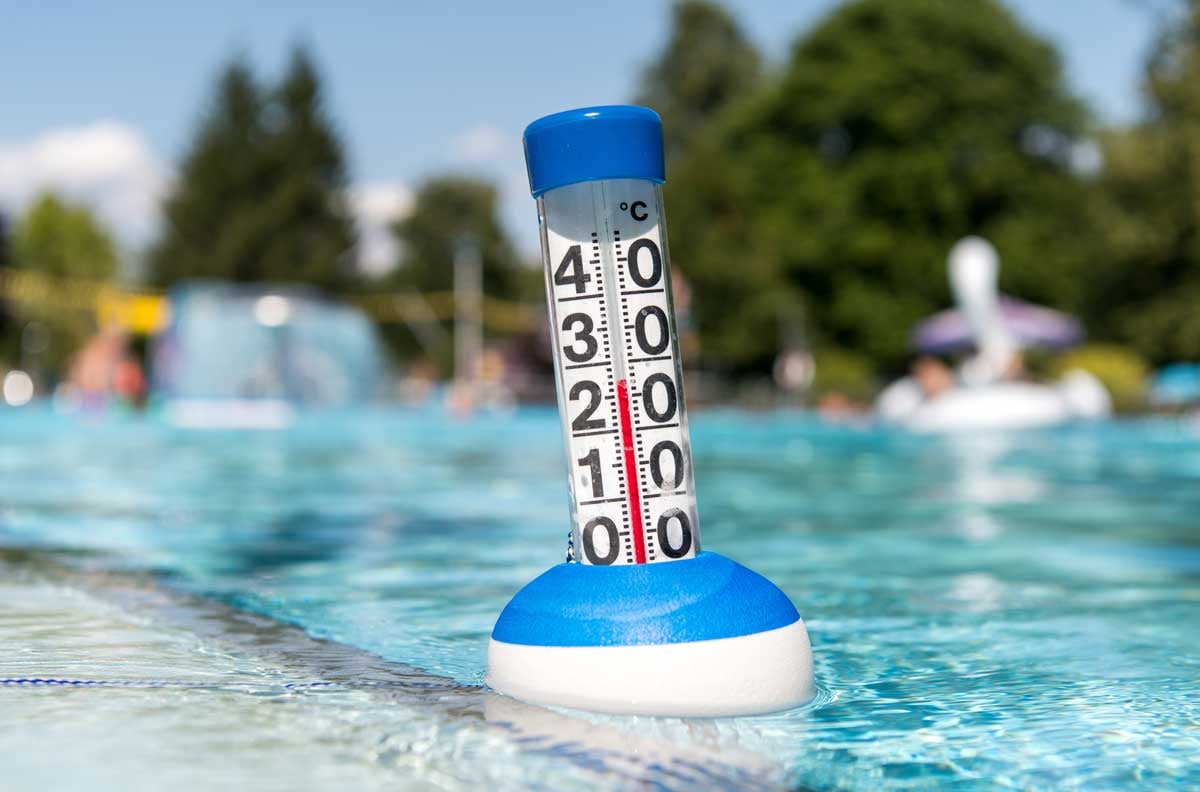
It is a well-documented fact that one of the major risk factors for Legionella proliferation within a water system is the temperature(1, 2). The ideal temperature range which encourages the growth of Legionella bacteria is 20°C to 45°C (77°F - 113°F) (1, 2) and within this parameter, any bacteria in a system can rapidly increase and with it, the risk of infection. However, Legionella isn’t a fan of temperature extremes, so one of the most effective ways to prevent the proliferation of Legionella in a water system is to create a hostile environment for them by keeping cold water cold and hot water hot. This is a simple yet effective step in helping reduce risk and should be one of the primary methods of Legionella control in any water management process(3).
Cold water
Cold water should be maintained below 20°C at all times, both during storage and distribution. Although Legionella isn’t killed at these temperatures, it can help keep it in check and stop it from multiplying to dangerous levels if it is present. Legionella bacteria can become dormant below 20°C but can also easily revert to a state of growth if the temperature fluctuates above this (1). For this reason, it is particularly important to have a system of temperature monitoring in place, especially where risks of cold water becoming warm are present such as in hot environments, or where lighting, pumps or equipment in the water may generate heat. If cold water is found to be out of specification then additional checks and testing should be considered immediately.
Hot water
At the other end of the spectrum, hot water in a system should be maintained above 60°C in storage tanks and above 50°C in the circulating system(3). At 60°C most Legionella will be killed within minutes and at 50°C most Legionella will be killed within a few hours(1). Pipework networks should be kept as short as possible within a system to ensure the maintenance of the hot water temperature before it reaches an outlet. “Sentinel” outlets (those closest and furthest from each storage tank or cylinder) should be periodically tested to assess if the temperature of the distribution water is within specification(3). As for cold water, if hot water falls out of specification at any time, then additional checks and testing should be immediately put into place. Obviously scalding risks have to be considered with respect to hot water temperature at taps and any mixer valves in high scald-risk locations should be fitted as close as possible to the outlet and should also be checked periodically for biofilm growth or build-up(4).
Whilst temperature control can be a highly effective method of controlling Legionella in a system, it should not be used as the sole method. It is a minimum requirement.
For the most effective risk reduction, it should be used in combination with a number of other control methods including disinfection regimes, regular flushing, cleaning, de-scaling and maintenance of tanks and pipework.
In addition, periodic Legionella testing of the water system should be carried out in order to confirm the bacterial population is being controlled effectively(1,3). The frequency and type of testing will depend upon individual risk assessments, but Hydrosense can offer a range of options to suit every system. Both biofilm and water can be tested for Legionella pneumophila sg1 on-site with Hydrosense.
And the great news is that water temperatures up to 70°C+ can be processed immediately through our filters with no requirement to cool the sample down prior to testing (although necessary risks to the operator should be taken when handling water at scald-risk temperatures).
To see how our test kits could help you check that your temperature controls are effective visit our product range page.
References
